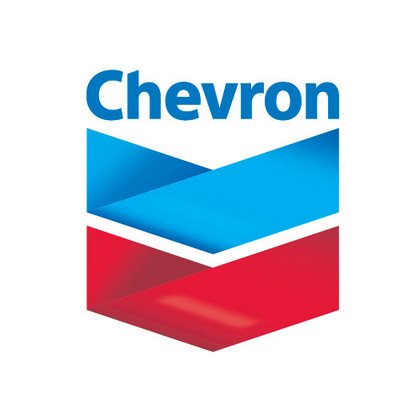
24/7 Wall St. has undertaken a bullish and bearish case to evaluate both sides of the coin to see what lies ahead for Chevron in 2015. One key consideration for the year ahead for Chevron is the price of crude oil, which is currently trading at five-year lows. Just looking at crude oil trading below $50 a barrel has to give investors pause before they take the risk on energy stocks.
In the cases of Chevron and its DJIA partner Exxon Mobil Corp. (NYSE: XOM), the sharp drop in crude prices will definitely have an impact on fourth-quarter revenues and profits. How big an impact remains to be seen. The low prices for crude have carried over into the new year, and there is little reason to believe that the decline will end soon. It will have to slow down as prices for West Texas Intermediate (WTI) crude approach $30 a barrel, but many analysts believe the carnage will last through 2015 and into 2016.
What helps Chevron out at least a little is that capital spending this year was already ticketed to be lower than 2014, as the heavy spending on the company’s massive offshore projects was completed in 2014. Production from the Caspian fields and the natural gas fields offshore of northwest Australia will be coming online, and while international prices are lower for liquid natural gas (LNG), they are at least four times better than domestic U.S. prices.
ALSO READ: The Bullish and Bearish Case for Home Depot in 2015
Chevron and Exxon also get a boost from having their own refining capability. Refined product demand will drive crude prices, even for these two giants, and both should be able to capitalize on refining their own low-cost crude. This helps make up the shortfall in crude prices, but it does not completely eliminate it.
The stock had a 2014 trading range of $100.15 to $135.10, and the consensus analyst price target of $122.74 would imply upside of 9.4% this year, based on the December 31 stock price. Then there is the dividend yield of 4.1% to consider, about a full point more than Exxon’s.
Chevron had a market cap of $212 billion at the end of the year, which has come down to around $208 billion in just a week as the price of crude continues to falter.
Chevron reported $14.5 billion in cash and short-term investments at the end of the September quarter. So there is also little reason to think that the company’s dividend yield is in danger.
ALSO READ: The Bullish and Bearish Case for Verizon in 2015
The #1 Thing to Do Before You Claim Social Security (Sponsor)
Choosing the right (or wrong) time to claim Social Security can dramatically change your retirement. So, before making one of the biggest decisions of your financial life, it’s a smart idea to get an extra set of eyes on your complete financial situation.
A financial advisor can help you decide the right Social Security option for you and your family. Finding a qualified financial advisor doesn’t have to be hard. SmartAsset’s free tool matches you with up to three financial advisors who serve your area, and you can interview your advisor matches at no cost to decide which one is right for you.
Click here to match with up to 3 financial pros who would be excited to help you optimize your Social Security outcomes.
Have questions about retirement or personal finance? Email us at [email protected]!
By emailing your questions to 24/7 Wall St., you agree to have them published anonymously on a673b.bigscoots-temp.com.
By submitting your story, you understand and agree that we may use your story, or versions of it, in all media and platforms, including via third parties.
Thank you for reading! Have some feedback for us?
Contact the 24/7 Wall St. editorial team.



